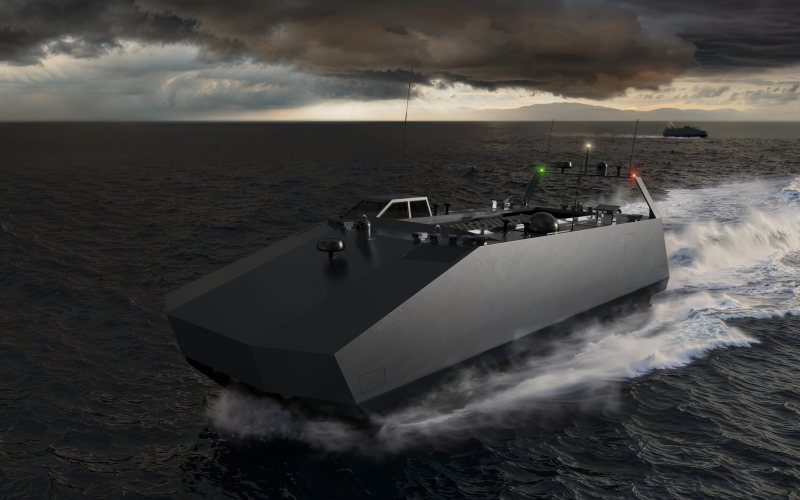Jardine began the discussion with a history lesson on Andrew Jackson Higgins’ Landing Craft, Vehicle, Personnel (LCVP), alternatively termed “Eureka Boats”, and the impact that vessel type had in World War II.
Jardine emphasized that Eureka’s approach prioritizes affordability without compromising functionality. “We produce vessels designed to be mission-ready while ensuring they remain cost-effective for our customers,” he stated. The company collaborates with tier-two and tier-three shipyards, enabling scalable production and supporting broader industrial capabilities.
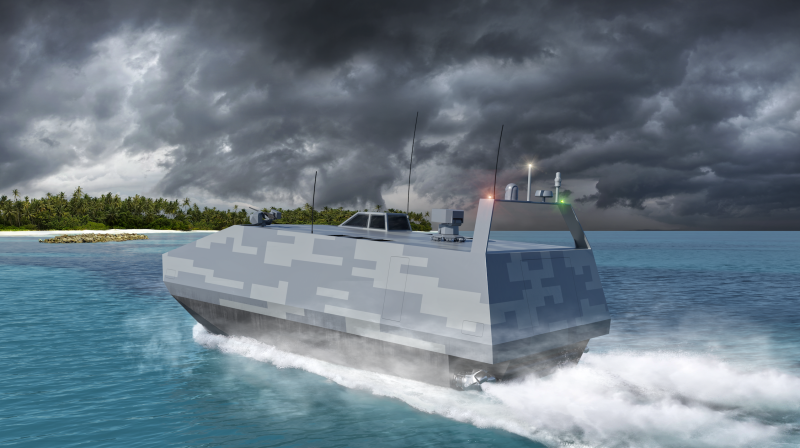
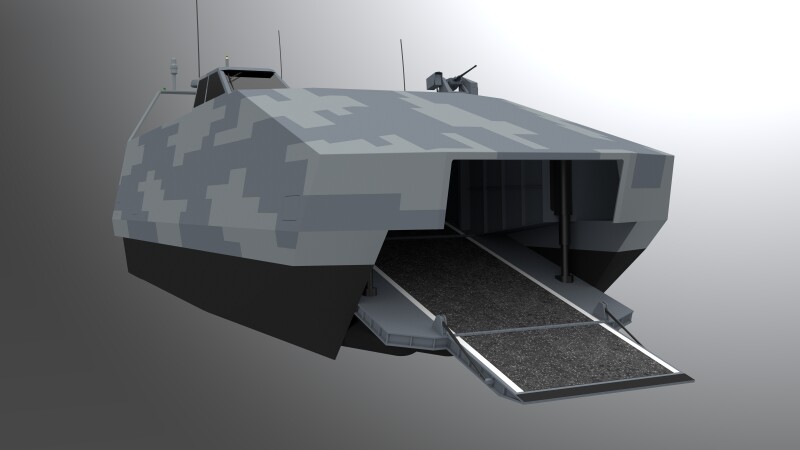
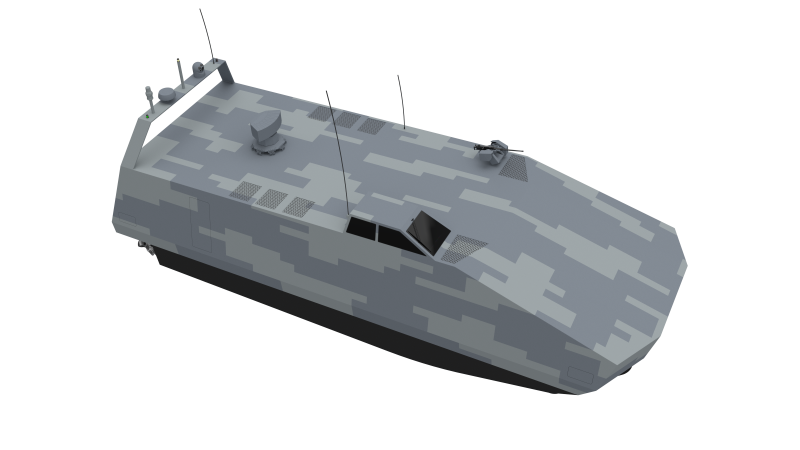
“The ability to fit systems, as long as they meet standardized footprints, is where the defense industry is already heading,” Jardine said. “Clients can choose what they want, we don’t tell them what they have to have. The vessel is the vessel—it’s designed to do what it’s supposed to do and do it well. How it’s ultimately used is up to the client.”
Jardine spoke to the AIRCAT Jaguar model. “Picture a Higgins Boat 2.0 that has a missile defense system on board, and it also has its own remote weapon station and other defensive features. It's crewed with a minimal crew. It has a range of roughly 350 miles at 35 knots and then ultimately top speed of 50 knots… a 50 knot landing shallow draft craft that would be very useful in some scenarios.”
According to Jardine, the vessels incorporate surface-effect ship (SES) technology, which has been adapted from commercial maritime applications. Jardine notes this technology reduces fuel consumption by 30-40% while also enhancing stability and passenger comfort. “Our designs build on existing technology, minimizing risk while delivering advanced capabilities,” he said.
Jardine explained that Eureka’s true differentiator is about modularity. ”We have standard ISO footprints and locking systems. We work with an OEM, in particular, from the other side of the pond, SH Defence, who has a special positive locking system. It makes modules easier to move in and out quickly, and it’s something I wish I’d known about when I was in Shell.”
The vessels feature pre-routed cabling and ample power, allowing for facilitated integration of advanced systems, including laser weaponry. “On our big boats, we have enough power to operate a laser system on the back deck, similar to what you’d see on larger ships,” he noted. “Our systems are designed with double to quadruple redundancy because, in critical situations, you’re depending on these systems for your life.”
Market and cross-industry applications
Jardine emphasized the potential for crossover of defense into commercial markets, particularly in oil and gas and offshore wind. “I see the AIRCAT Panther with its open-top design as a potential unmanned logistics asset for oil and gas or renewable energy sectors. Instead of deploying a big PSV (platform supply vessel) for every cargo movement, smaller vessels like ours could handle quick hot shot missions. Think of it as an Amazon Prime-style logistics network for the sea.”
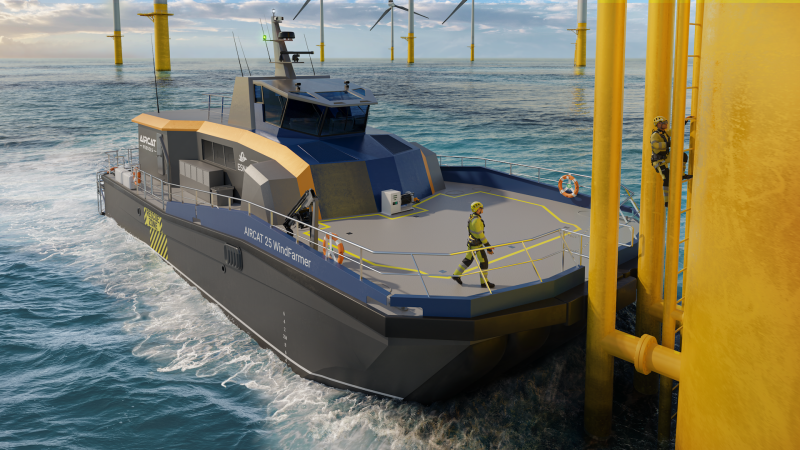
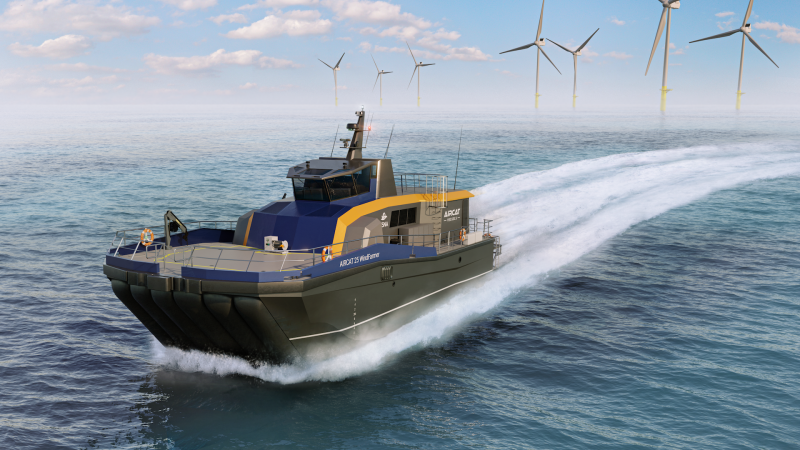
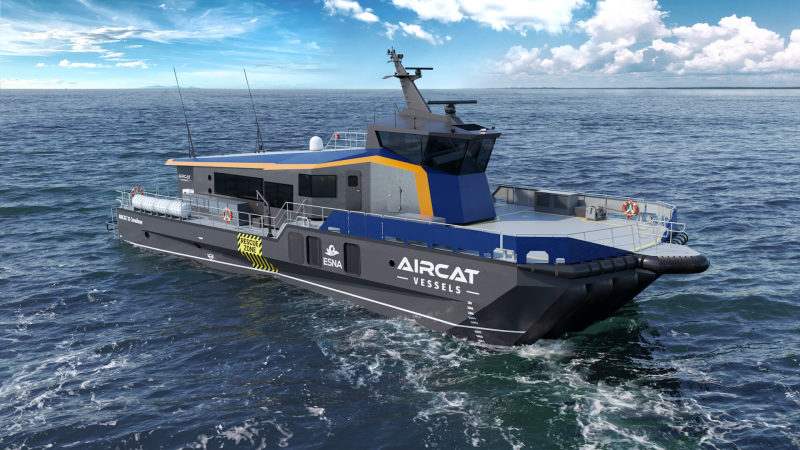
Jardine’s background in oil and gas allowed him to see a disconnect between defense and commercial sectors as a barrier to innovation. “People aren’t swimming in the same pools,” he said. “I’ve seen amazing solutions in defense that oil and gas hasn’t even considered, and vice versa. We need to bridge these ideas to benefit both industries.”
He also noted inefficiencies in defense procurement, witnessing firsthand, “naval combatant vessel designs go through extensive processes, only to be reduced from a planned fleet of 20, to three or four due to cost. Not everything needs to be so complex and expensive. Embracing a commercial mindset in defense could make a big difference."
Eureka’s non-ITAR vessels are not restricted by trade, meeting both military and commercial specifications. “These aren’t over-spec'd shock-tested vessels; they’re designed to be attrition-able or expendable….When one breaks, you buy a new one. That’s how cost-effective they are.”
Jardine also highlighted the strategic implications of modular vessels in global markets. “We’ve seen nations like China leverage commercial vessels with strengthened decks capable of carrying tanks and even conducting military drills. It’s critical for every nation to be cautious and strategic in how they approach dual-use vessels.”




